Originating in Italy, Renaissance was an era of artistic “rebirth” (the literal definition of the term) from the late 1400s to the early 1500s. This truly spectacular style emerged from Florence and spread throughout Europe. It is among the most marvelous and influential genres of art that transformed European notions and principles.
At the time when Gothic design and medieval styles were the most dominant in the region, people were longing for cultural, political, and artistic emancipation. Renaissance was the answer, and a much-needed one following the cultural stagnation of the Middle Ages. The transformation took place in all realms of life, including music, literature, art, architecture, and design.
Renaissance interior design aimed to compose graceful, magnificent, and symmetrical spaces. The style appealed to many Europeans who then summoned Italian artists to help create such masterpieces in their countries. This ultimately resulted in the Renaissance style expanding throughout France, Germany, Poland, and England, among others. While the Italian Renaissance mainly focused on the wealthy class, the Northern Renaissance was directed towards a more modest lifestyle.
Renaissance architects began building houses with massive interiors featuring marble-clad walls, floors, and door frames. Palatial gilding and carving adorned the wooden ceilings. A lot of attention was directed toward furniture, which consisted of architectural details like cornices, pilasters, and columns. The color palettes included rich tones, soft pastels, and light shades of white.
Characteristics of Renaissance Interior Design
Much like other forms of interior design, certain elements define the Renaissance style. These characteristics collectively aim to evoke stature and sophistication.
Symmetric Room Composition
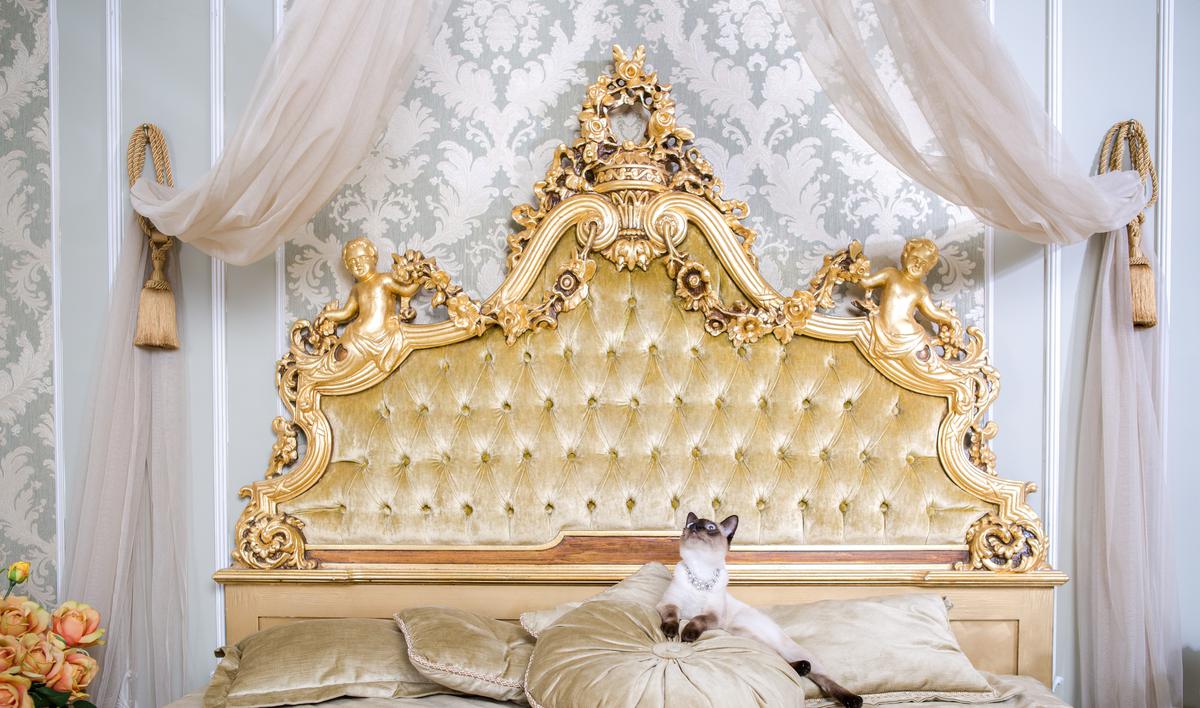
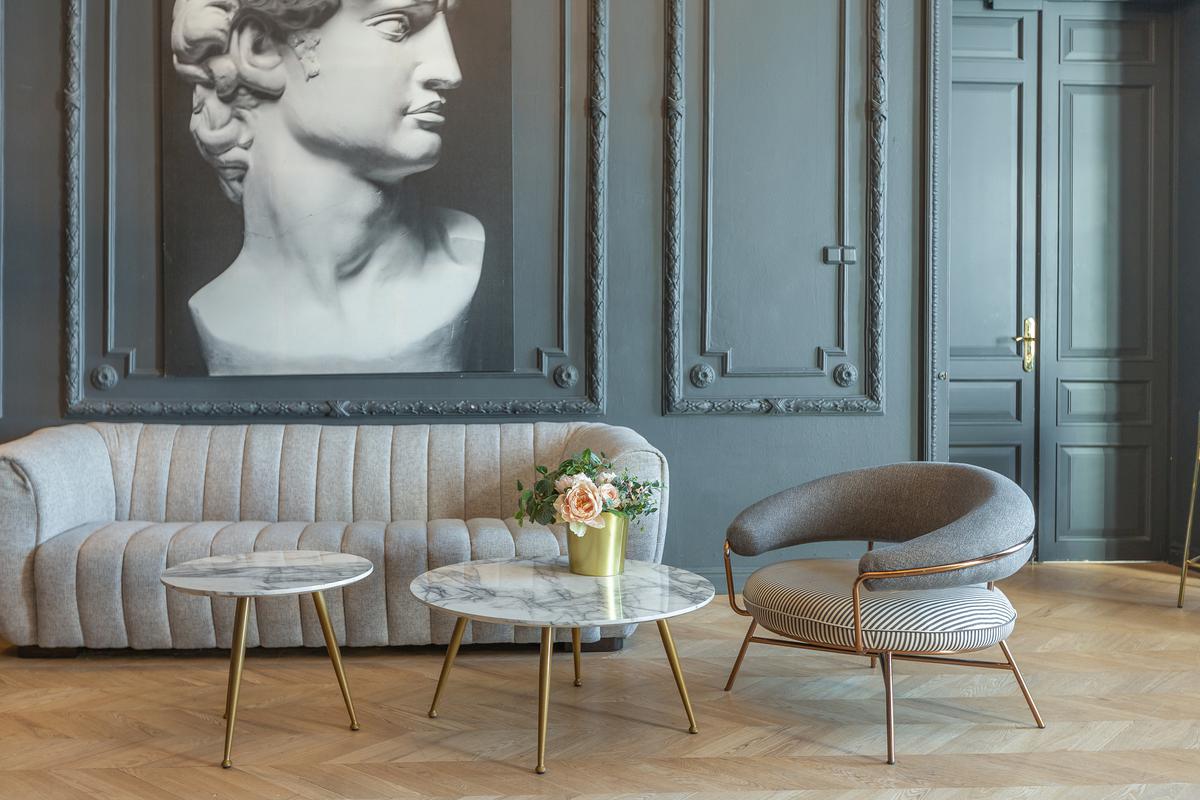
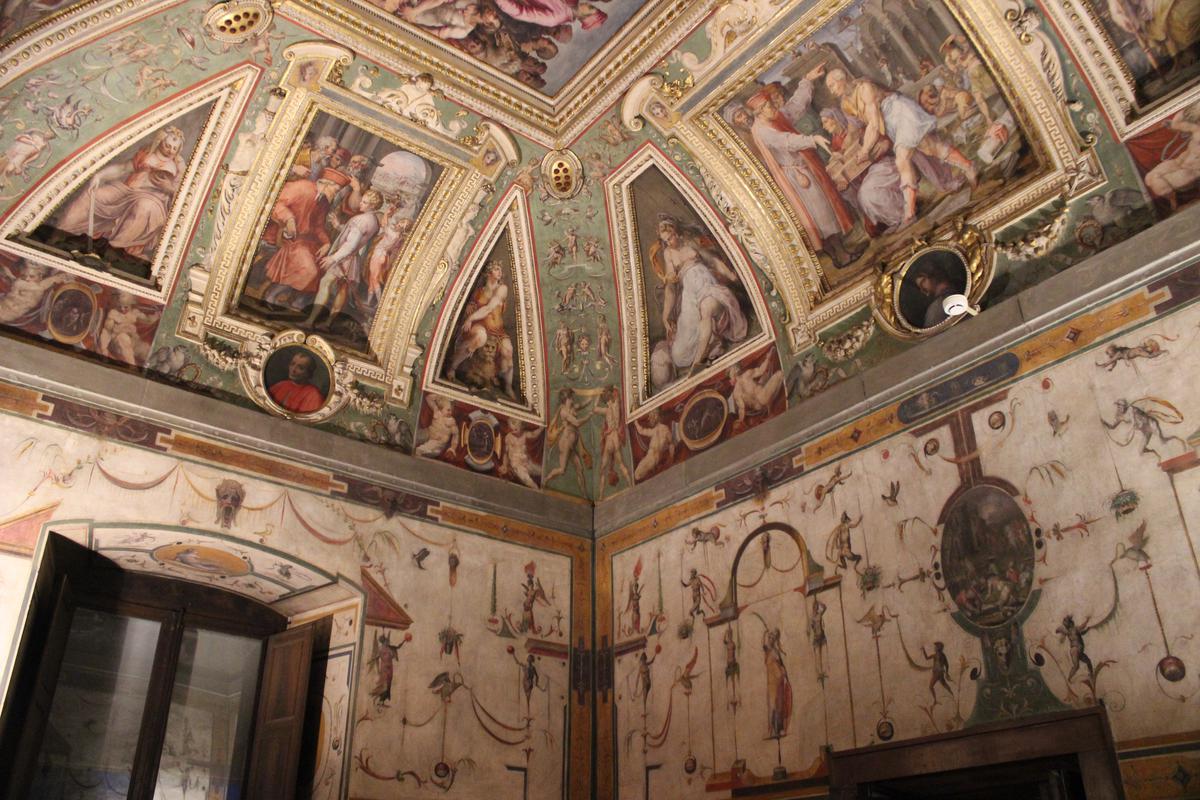
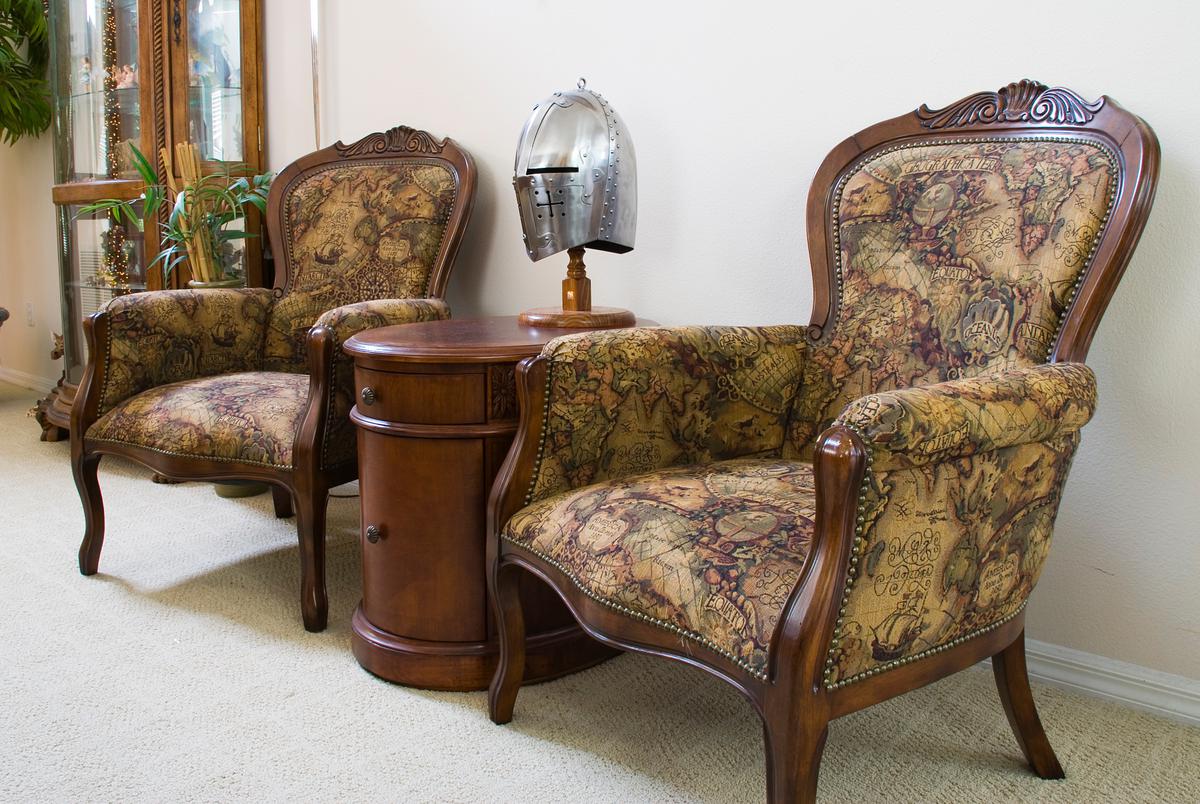

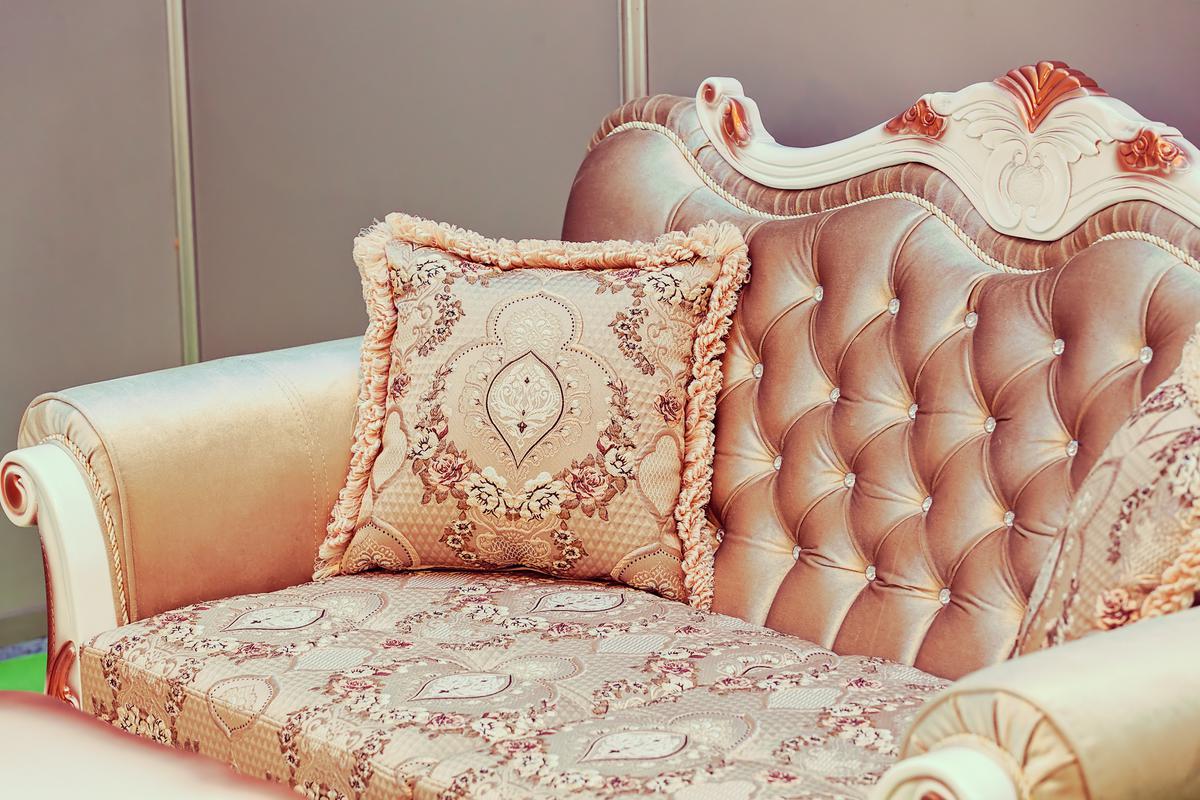
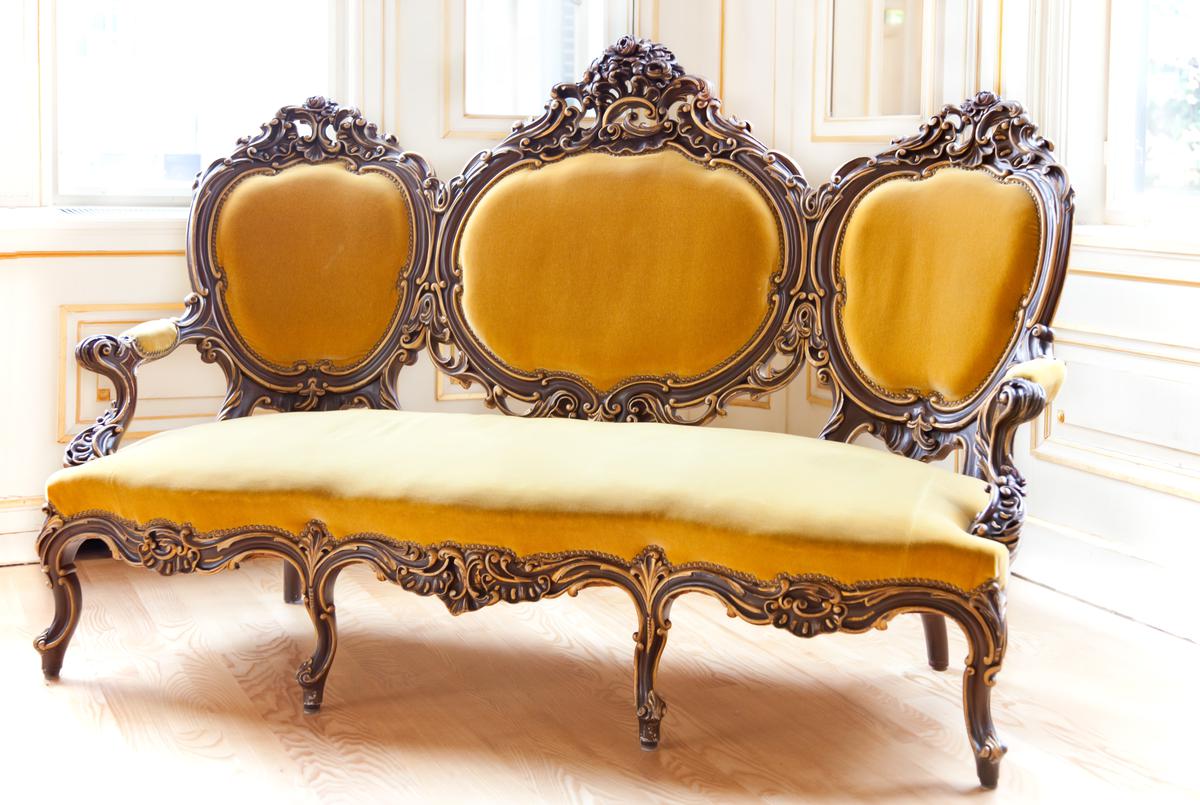
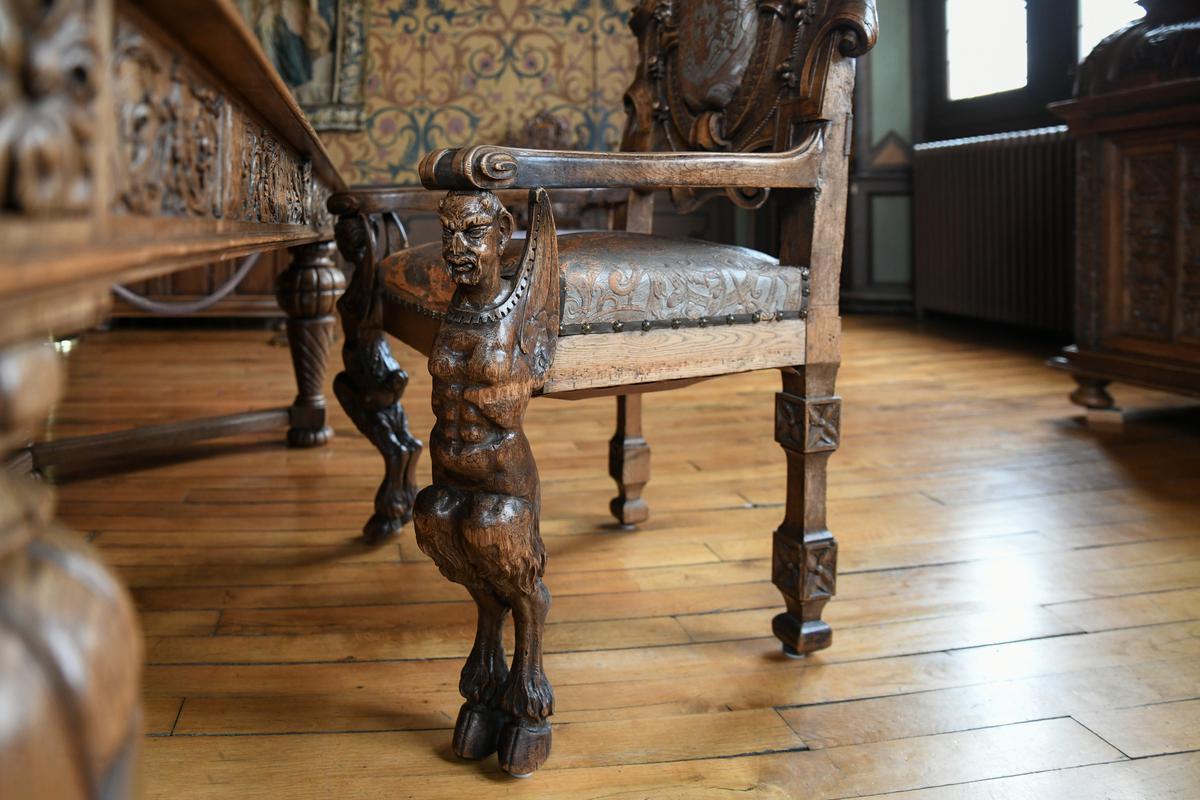
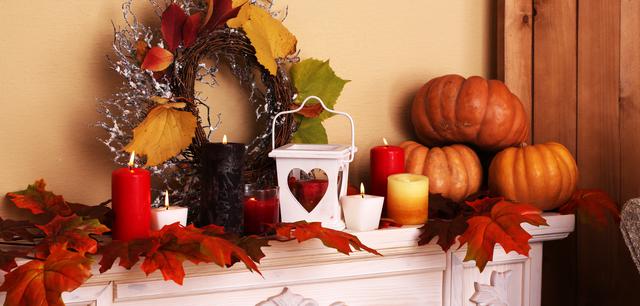

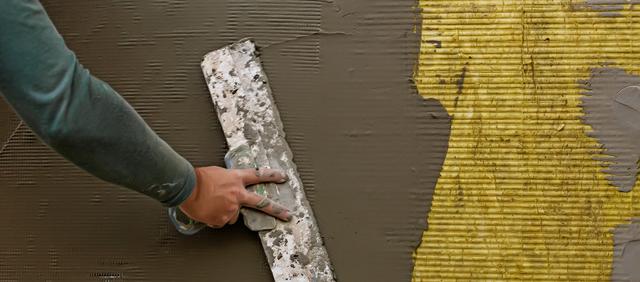

comments